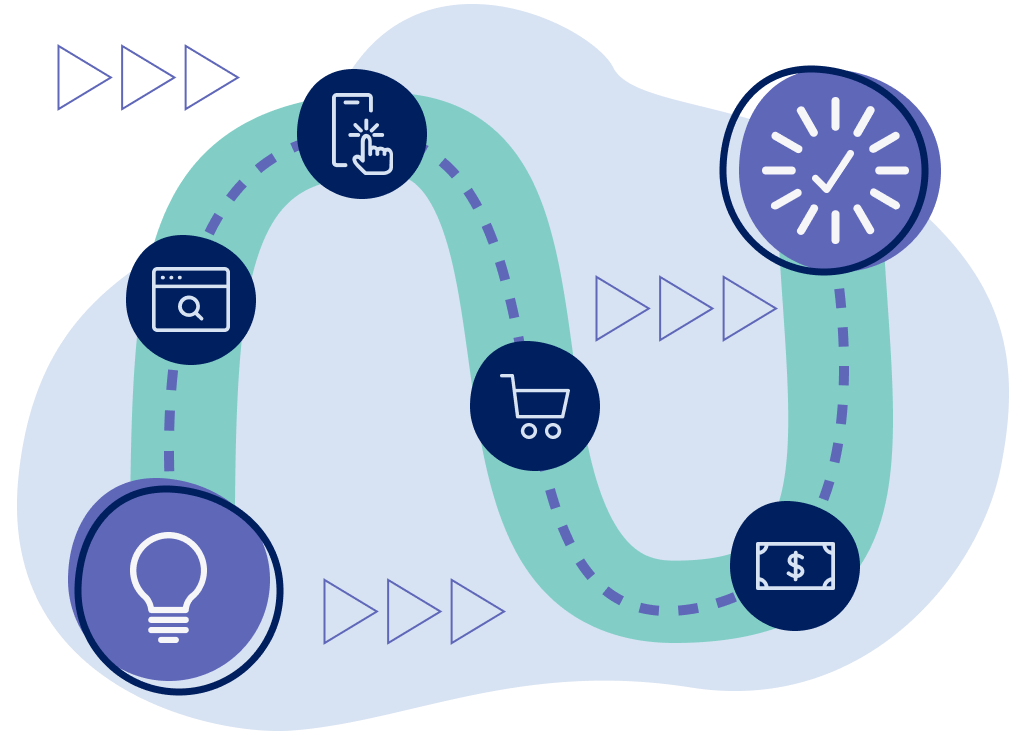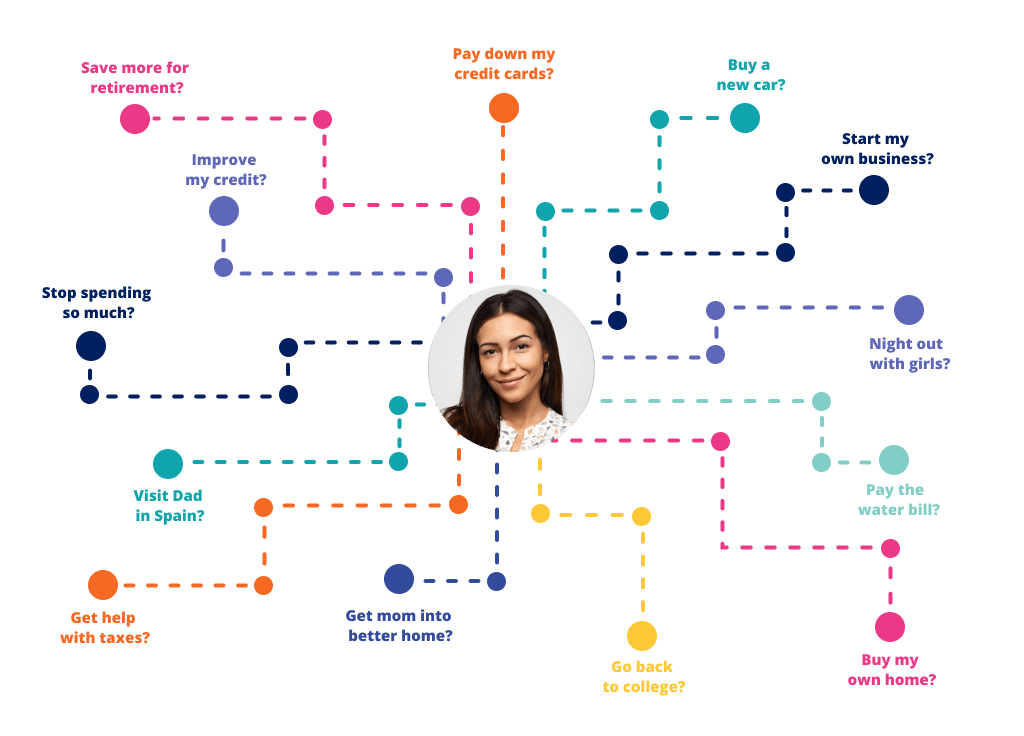
Customer journey management

What is customer journey management?
Customer journey management is a common customer engagement practice used to optimize or manage interactions that a customer has with a brand across channels and touchpoints in service of a particular outcome. Desired outcomes can include sales, retention, nurturing, customer service, and beyond.
What is the customer journey management framework?
Customer journey mapping
Identifies all the touchpoints and stages that a brand and customer can interact with along their path to a desired outcome
Customer journey optimization
Involves collecting and analyzing data on your customers’ behaviors and preferences and utilizing it to make their journeys seamless and relevant
Customer journey orchestrations
Facilitates the real-time, automated coordination of customer interactions across various channels and touchpoints to create dynamic customer experiences

Why is customer journey management important?
Effective customer journey management builds customer loyalty, optimizes business resources and tools, and improves critical engagement functions like customer retention, acquisition, cross-sell and upsell, service, and resilience.
Benefits of managing the customer journey
- Enhanced customer experiences
With effective journey management, brands can create dynamic, relevant, and contextually appropriate customer experiences that increase loyalty and encourage high customer lifetime values. - Improved customer retention
The customer experience is a high driver of loyalty. Meeting customer needs and expectations reduces churn and helps foster longer, more profitable relationships. - Cross-selling and upselling
Understanding insights and data about your customers along their journey helps to identify new opportunities to connect and meet their needs in the future. - Agility and competition
Brands that manage and adapt customer journeys effectively and quickly can better respond to customer needs and meet marketing changes, giving them a competitive advantage over those who can’t.

How does customer journey management work?
Customer journeys are now non-linear and simultaneous. The speed and variance with which customers move through channels requires artificial intelligence to activate real-time data and know when a customer is most receptive to each one of your messages, trigger outreach based on detected signals, pivot according to customer needs, or immediately intervene in the customer experience for time-sensitive matters.


With customer journeys becoming even more complicated, remove the guesswork with real-time decisioning.

Best practices for customer journey management
Managing customer interactions across various touchpoints to ensure a seamless, personalized, and positive experience ensures that brands can significantly enhance customer satisfaction, loyalty, and value.
- Centralize AI to break down silos
Centralize AI in your technology stack to dismantle data silos, enabling a unified view of customer interactions across platforms. This integration enhances marketing and customer engagement programs, significantly boosting personalization and efficiency - Combine predictive and adaptive analytics
Predictive analytics provides a solid foundation by identifying overarching trends and patterns. Adaptive analytics builds on this by continuously refining and updating these predictions with real-time data. - Leverage real-time personalization
Use data insights to deliver personalized content and recommendations that resonate with each customer’s preferences and history in real time, offering solutions and support exactly when needed. - Measure results
Never sacrifice long-term growth for short-term revenue. Set clear key performance indicators that measure both. These include customer lifetime value, customer satisfaction scores, retention rates, and conversion rates.
Who is responsible for improving the customer journey?
Customer experience (CX) team
Oversees the entire customer experience, mapping out journeys, identifying pain points, and proposing improvements
Marketing team
Responsible for understanding customer needs and behaviors, and delivering programs to reach target audiences
Customer service and support
Manages interactions with existing customers, addresses their concerns, and provides after-sales support
IT, data, and analytics teams
Provide the necessary technological support to integrate various data sources and implement tools like CRM systems and AI analytics.

Visualize and transform how you engage your customers to turn everyday moments into extraordinary experiences.
Frequently Asked Questions about customer journey management

As customers engage, Pega evaluates all your options in real time, then selects the next best action.
